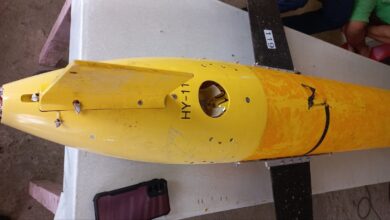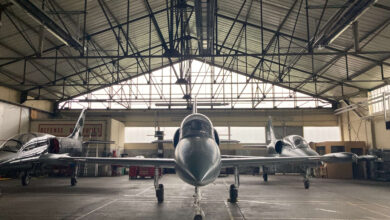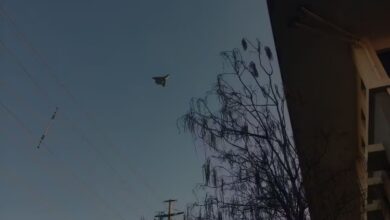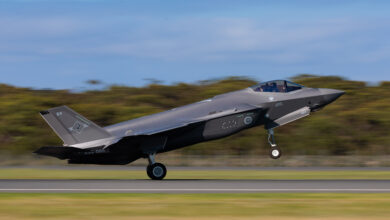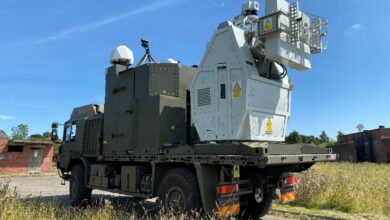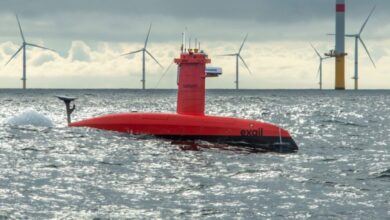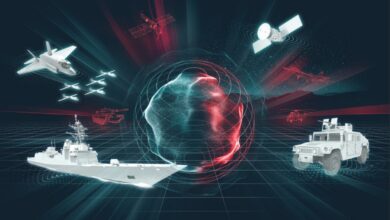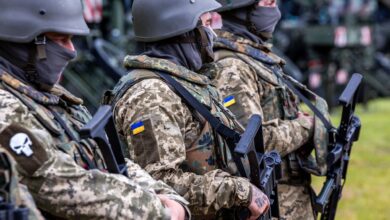Australia, Malaysia Air Forces Train in High-G Simulation
The Royal Australian Air Force (RAAF) and Royal Malaysian Air Force (RMAF) have conducted a bilateral training course to prepare for high-acceleration flight.
Known as “Pulls-G,” the program hones airmen’s understanding of exceeding gravitational force (G-force), practicing it in realistic scenarios.
The exercises demonstrate the physical effects of flying in high-G conditions, including loss of consciousness.
As part of the course, RMAF provided its Kuala Lumpur-based centrifuge facility, which simulates high-G load exposure for anti-G straining maneuver (AGSM) techniques.
Sustaining High-G Flight
Following classroom instruction, personnel was strapped into the high-velocity spinning centrifuge.
As they undertook simulations, the airmen countered the possible physiological changes brought by the acceleration through the ASGMs they learned.
“While the students have flown the BAE Hawk to this point, they have not experienced the level of G nor the rate of G onset that they experience in the centrifuge,” RAAF Squadron Warrant Officer Brenden Reilly explained.
“To move on to flying our latest fifth generation fast jets, crews need exposure to the correct AGSM technique to handle sustained high-G flight.”
Scientific Cooperation
All controls and monitoring throughout the training course were managed by Pulls-G experts in partnership with the RAAF Institute of Aviation Medicine.
“Malaysia has an excellent centrifuge training facility, and these events provide enduring lessons that our newest fast jet aviators will apply throughout their flying careers,” RAAF Air Warfare Center Chief of Staff Capt. Simon Bird said.
“We are very proud and honoured to have been able to host acceleration centrifuge training for RAAF aircrew since 2008,” RMAF Pulls-G Head Col. Mazdy Ismail added.
“The friendship built during the training is an invaluable asset that has opened the pathway for more cooperation between RAAF and RMAF.”



